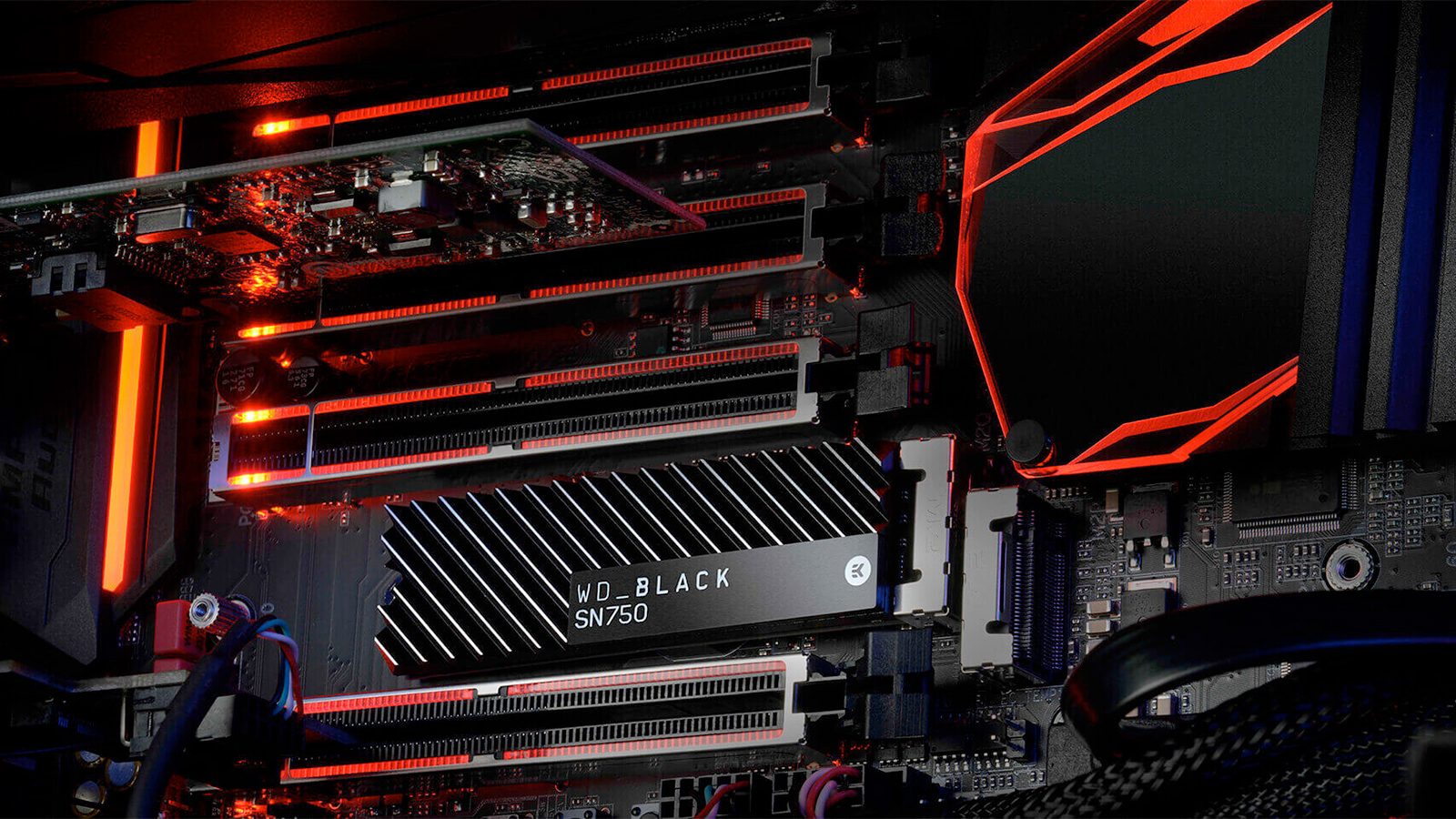Western Digital Reorganizes: Establishes Flash and HDD Business Units
Western Digital splits HDD and SSD businesses across different business units
Western Digital has announced major reorganization plans designed to streamline development of new hard drives and solid-state drives. From now on, Western Digital will have two separate business units dealing with HDDs and SSDs each led by its own general manager. The flash business unit will be headed by Robert Soderbery, the search for a general manager for the HDD business has started.
Western Digital led the consolidation of the storage industry several years ago. The company took over HGST, multiple SSD and flash companies in the early 2010s to gain IP product portfolios it needed, but it lacked its own NAND flash production until 2016 when it acquired SanDisk. Having accumulated so many storage-related assets, Western Digital’s management thought that it made a great sense to build a media-agnostic vertically-integrated storage technology company with business units focused on certain applications rather than on media and applications.
While the storage giant was built, this business model did not really work very well. Western Digital reported revenue of $14.6 billion and net income of $1.5 billion in fiscal 2015, whereas SanDisk’s annual revenue for its FY2015 was $5.56 billion. The consolidated company earned $16.569 billion in FY2019 as well as $16.736 billion in FY2020, which means that the firm has so far failed to become bigger than Western Digital and SanDisk were several years ago.
There are many reasons why Western Digital struggled to increase its revenue significantly. The competition on the market of 3D NAND and SSDs is cut-throat, the total available market of hard drives is shrinking, and Western Digital had to sell off its storage solutions businesses to focus on other products and avoid competition with bigger companies like Dell EMC, HPE, IBM, NetApp, and Hitachi.
In a bid to streamline its flash and HDD businesses as well as speed up product development, Western Digital decided that it is time to form two divisions that will act independently. This might lead to some internal competition (e.g., high-capacity nearline HDDs will compete against high-capacity 3D QLC NAND SSDs), but that may be worth it as higher agility usually leads to revenue increases.
The flash business unit will be headed by Robert Soderbery, who will be responsible for the whole NAND portfolio strategy, product development, engineering, product management teams, and business results. Soderbery used to be senior vice president and general manager of Cisco’s $20 billion+ enterprise networking business and then served as president at UpLift as well as an advisor for Rubrik and McKinsey & Co.
“In my experience, product innovation is the outcome of great ideas and dynamic markets,” said Soderbery. “What captured my imagination about Western Digital's Flash business is that it has the potential to power the growth of every interesting end market in technology, including cloud, mobile, gaming, video and intelligent devices. This potential opens the door for innovation with our customers as they consider how their own products and technology evolve. The key to success for Western Digital is to couple strong technology execution with a focused strategy for each of these markets.”
Get Tom's Hardware's best news and in-depth reviews, straight to your inbox.
The company has also started search for a general manage for its hard drive product business.
The senior management change at Western Digital has been ongoing for a while. Earlier this year the company appointed David Goeckeler from Cisco as its new CEO following retirement of Steve Milligan, Western Digital’s chief exec who worked at the company and at HGST from 2002 to 2020. Mike Cardano, president and COO of Western Digital, also left the company this past August.
Source: Western Digital

Anton Shilov is a contributing writer at Tom’s Hardware. Over the past couple of decades, he has covered everything from CPUs and GPUs to supercomputers and from modern process technologies and latest fab tools to high-tech industry trends.

